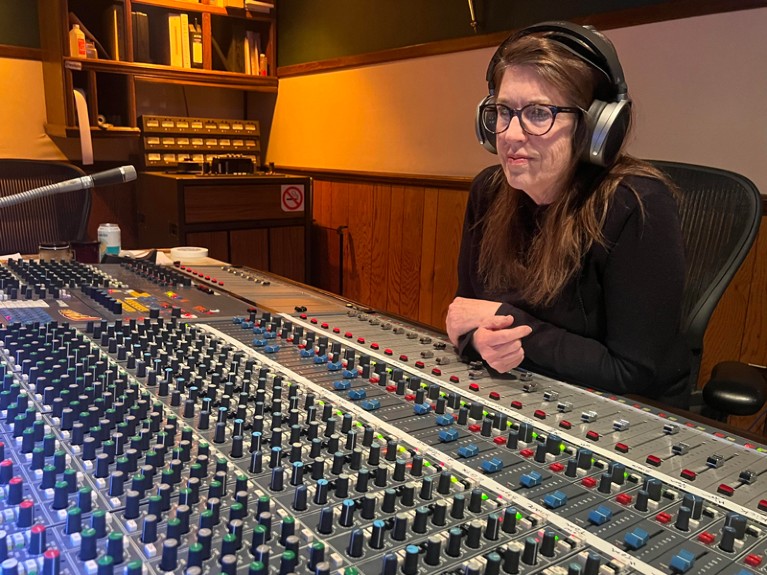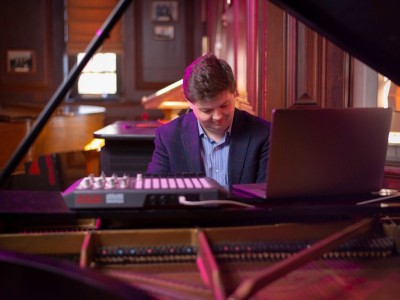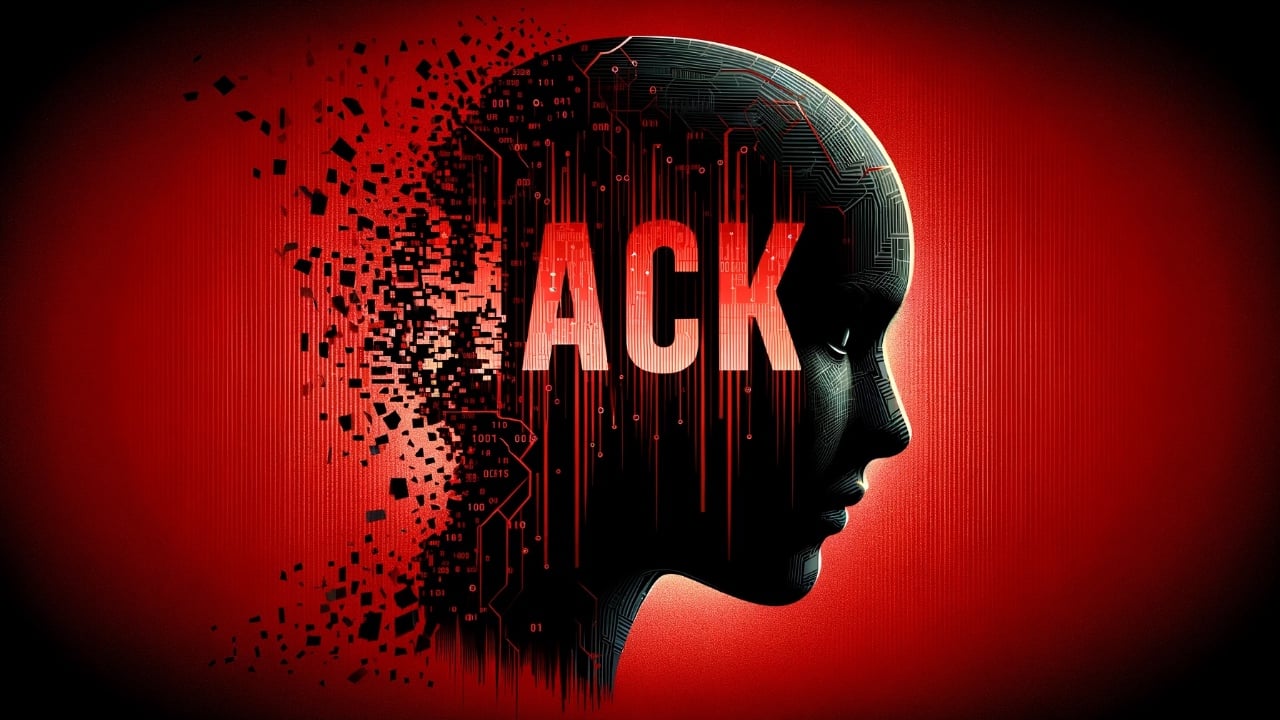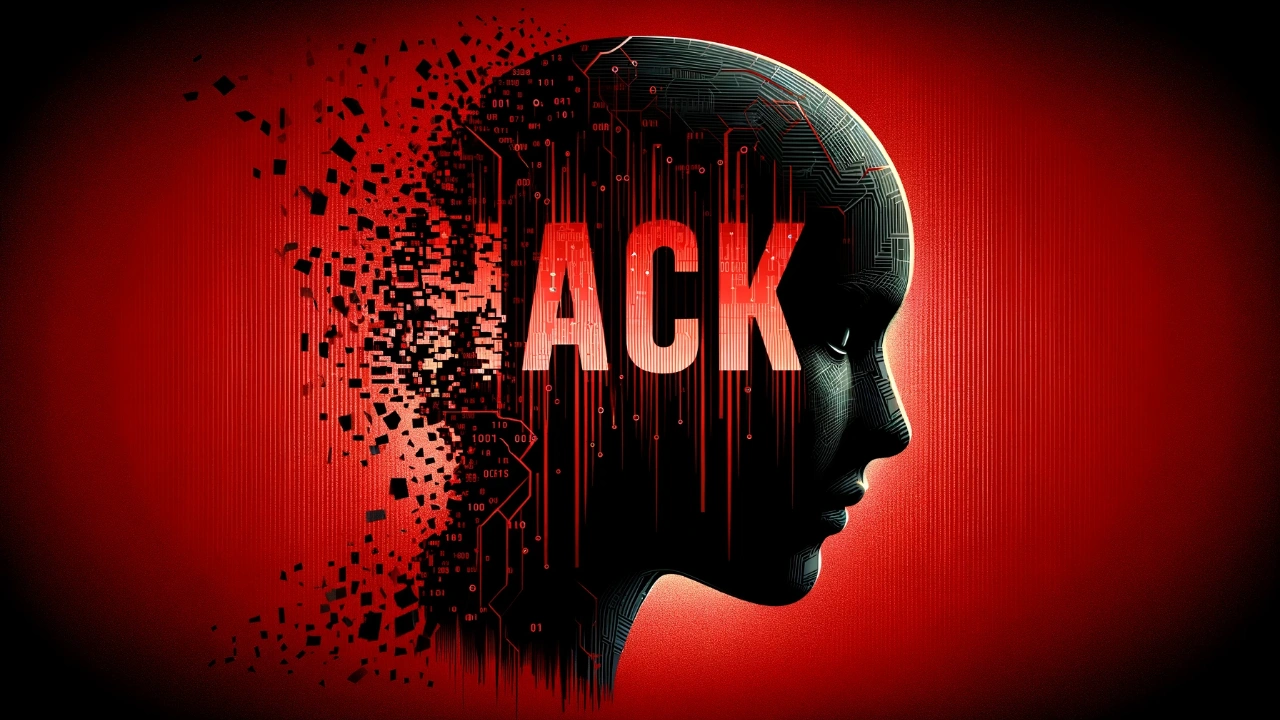[ad_1]

Musician Prince on stage in Detroit, Michigan, during his 1984 Purple Rain tour.Credit: Ross Marino/Getty
In 1983, Susan Rogers got a call that would change her life. She was working as an audio technician in the music industry in Los Angeles, California, when an ex-boyfriend got in touch to tell her that the musician Prince was looking for a technician.
Rogers, who at the time was one of the few female audio technicians in the United States — and maybe even the world — was already a Prince fan. His work reminded her of the soul music she had grown up listening to in the 1960s and 1970s in southern California — artists such as Sly and the Family Stone and Al Green, but with a contemporary, punk edge.
By this point, Prince had just released his album 1999. Rogers, who was 27 at the time, would begin working with him on Purple Rain, the record that would launch him into global superstardom.
Sounds of science: how music at work can fine-tune your research
She spent four years working with Prince in his home recording studio in Minneapolis, Minnesota, leaving a year before the opening of Paisley Park, Prince’s now-legendary creative and performing space. By this point, she had graduated from being an audio technician — maintaining and repairing equipment — to recording engineer, a role that has much more influence over the whole sound of a record.
“I was talking to some Prince alumni recently and they were saying ‘poor Susan, she never even got Christmas Day off’. There’s no ‘poor Susan’ about it — I was working with my favourite artist and there was nowhere I would rather be,” she says.
After Prince, she went on to work with other musicians, such as the Canadian rock group Barenaked Ladies and David Byrne, former lead singer of the new-wave band Talking Heads. At the age of 44, and with the help of the royalties she earned on the Barenaked Ladies album Stunt, she quit the music industry (see ‘Quick-fire questions’).
Higher education had not been an option growing up — her mother died when she was 14 and Rogers was married aged 17. She escaped that unhappy relationship after three years and headed to Hollywood, where she got a job as a trainee audio technician.

Susan Rogers trained as a recording engineer before pivoting to neuroscience. She continues to produce music, such as for US singer-songwriter Jeff Black.Credit: Madison Thorne
Over the years, she increasingly felt the pull of academia and a calling to study the natural world. So, in 2000, she began her undergraduate degree in neuroscience and psychology at the University of Minnesota. Initially, she wanted to study consciousness in non-human animals, but was advised that a more meaningful contribution would be a neuroscience degree that would also enable her to study music perception and cognition. She then did her doctoral work at McGill University in Montreal, Canada. Returning to education after so many years was not as difficult as she had feared — and years spent learning the intricacies of a recording console helped her to understand the complexity of the human brain.
Her PhD research focused on auditory memory. She designed experiments to test short-term memory for musical intervals, in which musicians and non-musicians listened to a piece of music containing consonance (harmonious sounds) and dissonance (clashing or unexpected sounds). The most interesting observation was that, for both groups, short-term auditory memory lasted longer than was previously thought, she says. At the time of her doctoral work, psychologist István Winkler and his colleagues had reported that auditory short-term memory persisted for roughly 30 seconds1, but Rogers’s work demonstrated it lasting for 48 seconds.
A good ear and a sound work ethic
One of Rogers’s PhD supervisors was Daniel Levitin, a cognitive psychologist, musician and record producer whose research focuses on music perception. He knew of Rogers from her work with Prince and Barenaked Ladies, and took her on “in a heartbeat”. “She was Prince’s engineer — that’s one of the top engineering jobs in the world,” he says.
Her years in the music industry greatly enhanced her academic work, he says. It gave her an astonishing work ethic and helped her to hone her all-important listening skills.
“What auditory neuroscience requires is a good ear. You’re designing experiments and you need to be able to hear subtle details that others might not hear so that you know you’ve prepared your experiments correctly. Susan has a great ear.”
Levitin describes her as very musical, “even though she doesn’t play an instrument”. As a producer, he explains, her job was to coax out of the musician “the most authentically emotional performance you could get”. “Miles Davis told her she was a musician. He didn’t throw around that term lightly,” he says of the renowned jazz bandleader and composer.
In 2008, Rogers joined Berklee College of Music in Boston, Massachusetts, where she teaches music production and engineering. She is also writing a course on music and neuroscience for the college’s online programme.
She has investigated what people visualize when they listen to music, and plans to publish the results. Some people, including Rogers, imagine the musicians playing; others make up stories based on the lyrics; and for some — particularly older people — music triggers memories. Interestingly, musicians and non-musicians do not differ greatly in their visualizations.
“One of the least musical people that I know — somebody who would almost be called tone deaf — reports that he sees abstract shapes and colours when he listens to music. And two of the finest musicians I know also visualize abstract shapes and colours. I can’t even imagine having that visualization to music,” she says.
Throughout her successful music career, Rogers admits that there were times when she felt like a bystander in the studio — because she does not play an instrument or compose, her views felt secondary to those of the professional musicians. But in her career as an academic and teacher, she is very much at home.
“Nothing in my life has brought me more joy than scientific pursuit. It is as creative as anything I ever did while making records. Had I realized in my youth that a career in science was possible for me, my hunch is that I could have made a more notable contribution. Earning a PhD at age 52 doesn’t permit that,” she says.
Common cause
Rogers also thinks that musicians and scientists have more in common than one might guess — both need to be open-minded and be able to separate relevant and irrelevant information. “The fashion and the hairstyles are different — musicians have the edge there — but there are more similarities than differences,” she says.
The sound of stars
How else are the two professions similar? “It takes guts to commit to a music career because there is no comfortable path and absolutely no light to guide you, other than your own internal one,” says Rogers. “I’ve had the privilege of knowing some outstanding scientists and my perception is that they, too, are driven more by scratching an intellectual itch than by winning a prize or being famous.”
That feeling of being a bystander in the music industry receded when she realized that listening is an “indispensable component of what music is”, as she explains in her 2022 book, co-authored with neuroscientist Ogi Ogas, This is What it Sounds Like: What the Music You Love Says About You.
“Practically speaking, without a listener, music does not exist. By perceiving, feeling and reacting to the many dimensions of a song, a listener closes the creative circle and completes the musical experience,” she writes.
Levitin thinks that one of Rogers’s main contributions through her writing and public speaking has been to elevate the importance of the listener.
“She’s also adding the social context by which we listen, and by which we decide what we like, and the developmental stages we go through as listeners, from listening to children’s nursery rhymes to more sophisticated things,” he says. Her book, he adds, is a perfect example of what a popular-science work and science communication should be — it does not dumb down the science or patronize its audience, but neither does it aim so high that it’s impenetrable.
Training: Effective science communication
Rogers hopes that, one day, all music courses will include a unit on music cognition to help creators to understand how listeners receive their craft.
“It won’t help you in the studio and it won’t help you while you’re composing. And I don’t think it should — when we’re creating works of art, we shouldn’t be thinking too deeply about the nuts and bolts,” she says. That said, a music-cognition course can help music creators to understand their audiences, “just like a chef needs to understand what food tastes like”, she adds.
When she finally left Prince and began working with other musicians, she felt she had to unlearn some elements of Prince’s intense working habits.
“Prince was doing a song a day when I was with him. That was every day. That’s how we worked,” she says.“He also had an exceptional ear for arrangement. He could foresee how the end product was going to turn out in such a way that each part — drums, bass, guitars, keyboards, backing vocals — was recorded with an ear for the subsequent parts. He had a watchmaker’s skill of putting the individual parts together to create a whole.”
She still loves listening to music and discovering new artists, particularly with the help of her students, but she remains true to soul, her first musical love.
“As Prince used to say, soul is the street I live on,” she says.
[ad_2]
Source Article Link









